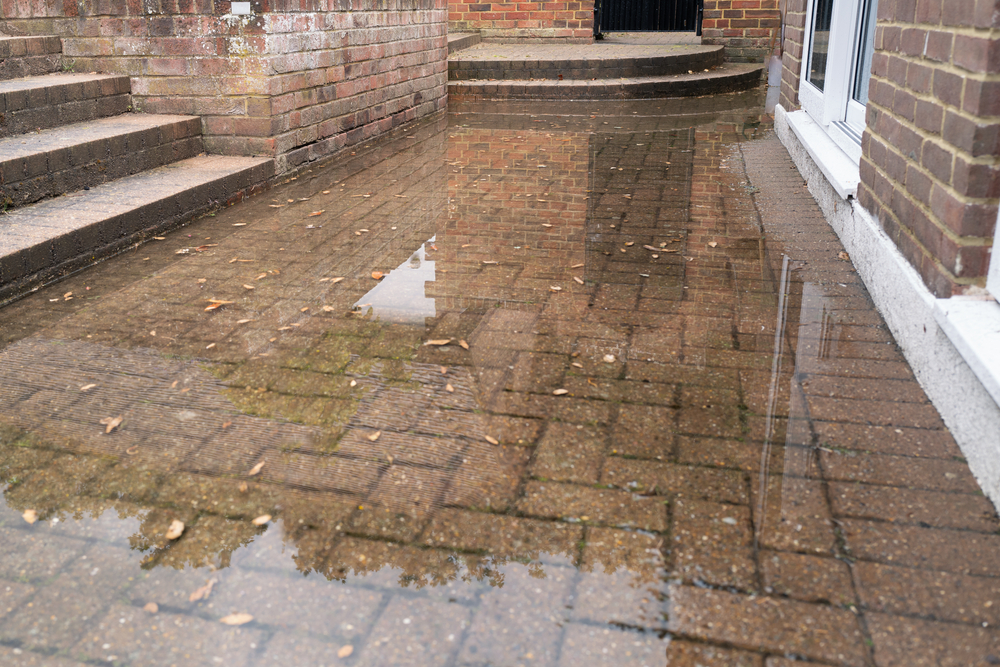Anyone who works in civil engineering or construction knows that effective water management is an essential aspect of any development project.
By efficiently managing excess rainwater and preventing flooding or waterlogging, soakaways help to relieve strain on existing water infrastructure whilst also protecting the surrounding environment.
This is why soakaway calculations are so important to get right – but how exactly do you calculate soakaway size?
In this blog, we’ll discover how to calculate soakaway size, explore the potential challenges in determining soakaway size, and understand the significance of soakaway design.
How Do I Calculate Soakaway Design?
The most commonly used method to calculate the size of a soakaway is based on the formula provided by BRE Digest 365, a guide published by the Building Research Establishment in the UK:
It can look complicated at first, so let’s unpack it. This formula considers the design rainfall intensity, multiplied by the surface area for drainage.
This sum is then divided by the soil’s infiltration rate to get the soakaway size in m³. It’s important to note that these parameters may vary based on location and specific project requirements.
Are There Any Challenges to Determining Soakaway Size?
As with any task for developers and engineers, soakaway design poses a significant challenge. The factors outlined in the formula must always be considered to accurately calculate the ideal dimensions:
- Rainfall Intensity: The local climate and rainfall patterns directly impact the volume of water that a soakaway needs to handle. Areas that experience higher rainfall require larger soakaways to accommodate the excess water.
- Soil Permeability: The type of soil plays a crucial role in determining the soakaway’s efficiency. Highly permeable soil allows water to infiltrate more easily, whereas clay-rich soil might require a larger soakaway to manage the same volume of water.
- Surface Area Available: The available land area for constructing the soakaway can also influence its size. Limited space may require innovative soakaway design solutions or alternative drainage methods for optimal efficiency.
- Regulatory Standards: Compliance with local building regulations and environmental standards adds another layer of complexity. The failure to meet these standards can cause project delays or even legal repercussions.
The Significance of Soakaway Design
In order to understand the significance of soakaway design, it’s important to really understand what happens without them. Without well-designed soakaways, the accumulation of excess rainwater can lead to significant consequences like flooding, erosion, and infrastructure damage. Poorly designed soakaways can overwhelm drainage systems, which can compromise the stability of buildings as a result, while also causing water-related hazards.
At Onn Point, we specialise in expert soakaway design and soakaway testing, leveraging flood risk assessments and percolation tests to ensure successful soakaway design every time. Our comprehensive approach involves the careful analysis of geographic factors and historical data, enabling us to create bespoke soakaway solutions tailored to your specific project requirements. Powered by a commitment to precision and environmental sustainability, we’re proud to be the leading experts in creating effective soakaway design for diverse development projects.
Get in touch with our team today to secure successful and efficient soakaway design for your project.


